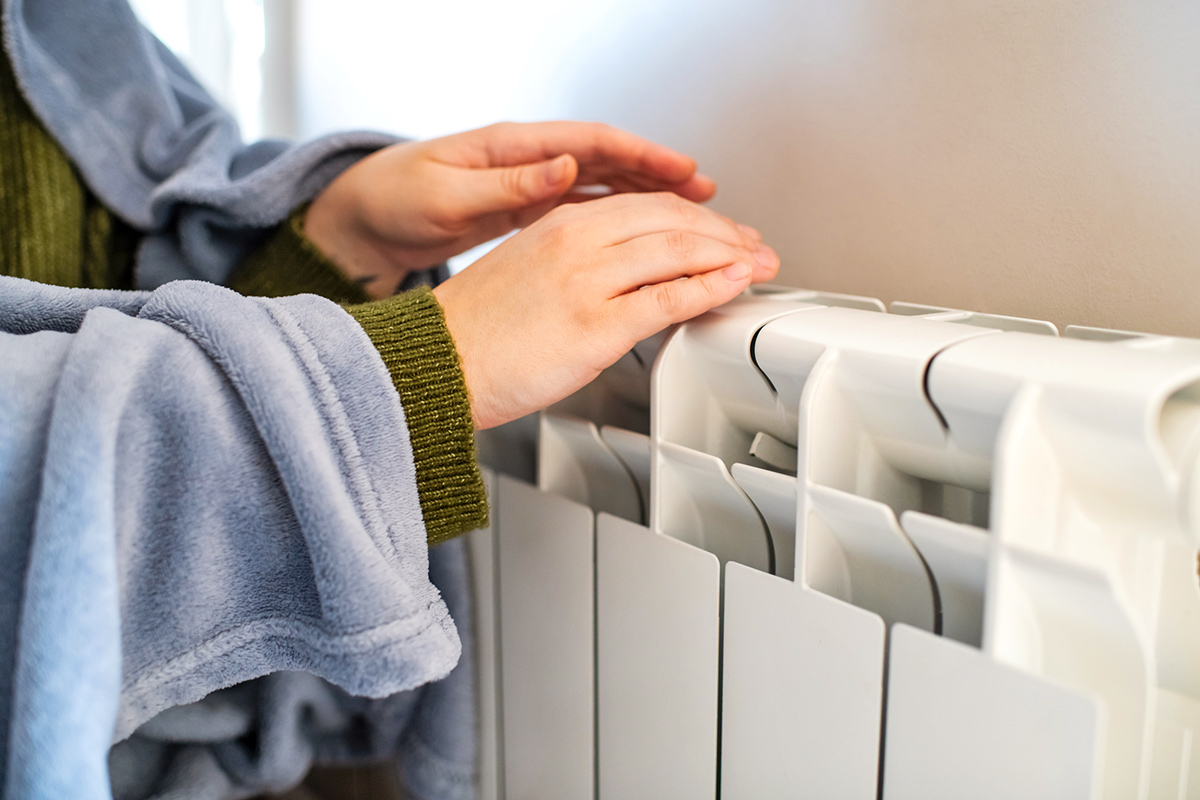Was your last electricity bill much higher than usual? Does your beer not feel as cold as it once did? Are you kept awake at night by the sound of your fridge sputtering and rattling? If you relate to any of these scenarios, it could be a sign that your refrigerator isn’t running as efficiently…
Clean the Condenser Coils
Condenser coils are an integral component of any refrigerator, as they help keep the entire appliance cool by releasing any absorbed heat. The coils are usually located underneath or on the back of the fridge and may be hidden behind a panel. (A quick Google search including your refrigerator’s make and model should help you locate them.) Over time, the coils become clogged with dust, pet hair, and other household dirt, forcing the fridge to work harder for lesser results. This leads to higher energy bills, a shorter lifespan for the machine, and a failure to cool your food properly. But keeping the coils clean can improve a refrigerator’s energy efficiency by up to 30%, saving you cash on your monthly bills and extending the life of the appliance.
How To Clean the Coils
Cleaning condenser coils is a relatively simple process but requires a little bit of care to avoid serious injury. Here’s how you should go about it:
Step 1: Unplug the refrigerator before doing anything else. Leaving the fridge plugged in may result in electrical damage or even an unexpected shock or two.
If you’re going to leave the refrigerator unplugged for more than four hours (perhaps you’re using this opportunity to defrost your freezer), transfer all of your perishables to another fridge or cooler first. This should keep the food at a safe temperature until the out-of-commission fridge is running again. Be sure to remove any glass jars before moving the fridge. If you don’t, they could tip over and shatter inside, creating an even bigger mess than the dusty condenser coils.
More from our network
House Outlook is part of Inbox Studio, which publishes content that uplifts, informs, and inspires.
Step 2: Carefully move the refrigerator out far enough so you can easily reach behind it. If it’s too heavy, don’t try to be a hero; ask a friend or family member for assistance.
Step 3: Find the coils, and, if necessary, carefully remove the panel if one is obstructing them. Set that panel aside until the job is complete. Note: If you have the misfortune of owning a refrigerator with condenser coils on the bottom, this YouTube video shows you how to clean them using compressed air, a box fan, and a filter.
Step 4: Take an elongated, flexible cleaning brush — we recommend this one from Amazon — and run it over the coils to remove any dust or hair. Be gentle, as you’ll want to avoid bending or damaging the coils. While your vacuum cleaner’s soft brush attachment can be used in this situation, we find the condenser coil brush to be more effective. That said, cleaning coils tends to result in a plethora of dust bunnies, so take a few minutes to vacuum or sweep the area afterward.
Step 5: Replace the panel if need be, and carefully return the fridge to its original spot. Then plug it back in and the appliance should work like new.



















